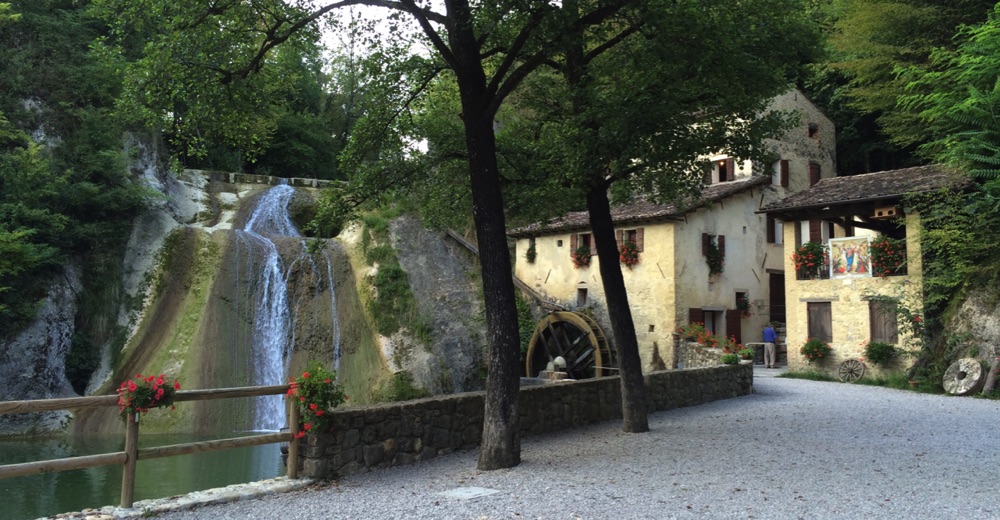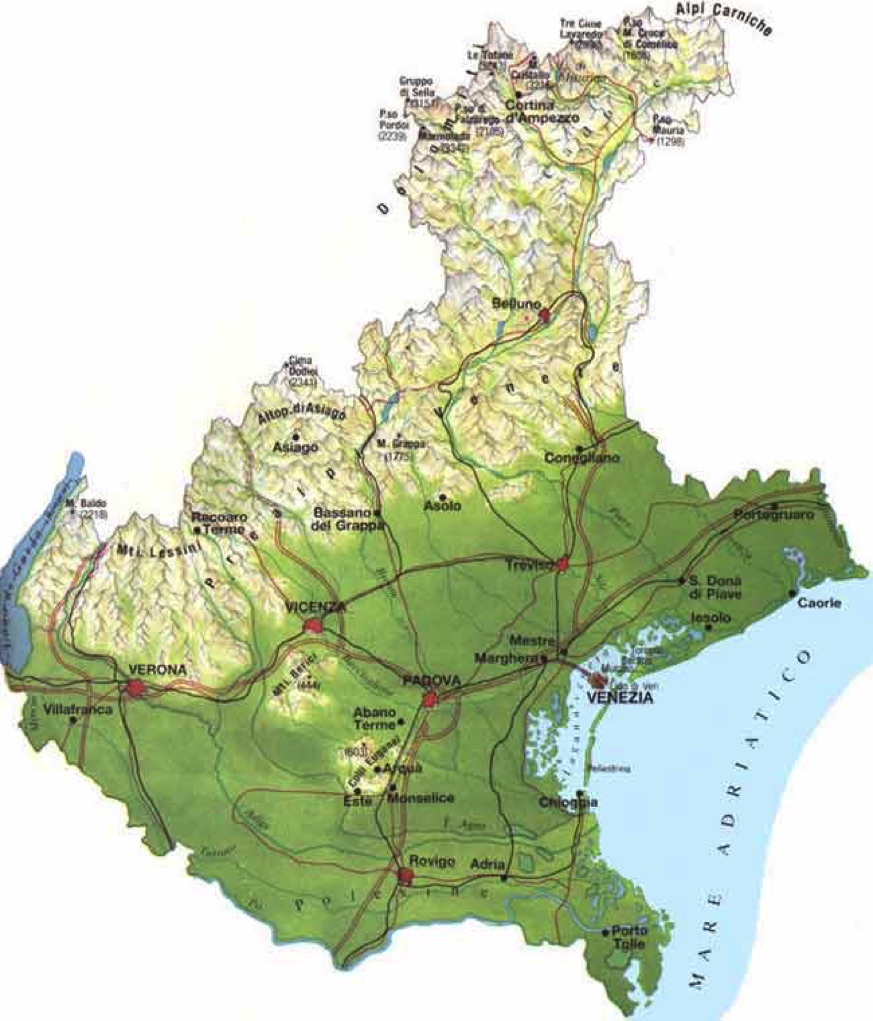
History in a nutshell...
1000 B.C - settled by the Veneti people
2nd century B.C - came under Roman rule
mid-5th century A.D. - devasted by Attila the Hun
568 - invaded by the Longobards/Lombards...sometime after, natives flee to islands just off the shore, said to be the beginning of Venice
10th century - towns began to reacquire importance, ruled at first by their bishops, then becoming free communes, i.e. independant city- states. Venice is one of them.
by the early 15th century - the area of today's Veneto region was part of the Republic of Venice (as were the neighboring Trentino and Friuli regions)
1797 - Napoleon conquered the Republic of Venice, and then passed it to Austria
1805 - made part of the Napoleanic kingdom of Italy
1814 - restored to Austria, eventually
1866 - ceded to Italy, which had finally become one nation. (Trentino and Friuli, however, remained in Austrian hands, a situation which eventually lead to Italy's entrance into WW1).
Harmony and sensuality: two words that characterize the Veneto. Harmony between the works of humankind and those of Mother Nature: centuries-old towns built of stone almost seem part of the earth itself, and even the opulent villas of Andrea Palladio were designed to harmonize with the surrounding natural features. Few structures are jarring or out of place. The senses are delighted by the sight of stone archways, carved wooden doors, wrought iron gates, brightly colored flowers spilling over balconies, Venetian Gothic windows, frescoed arcades, cobblestoned streets, earth-toned houses, red tile roofs, enchanting piazze, fountain spray sparkling in the sunlight, luscious grapes ripening on the vines...the intoxicating aromas of coffee brewing, pastries baking, and the must fermenting at harvest time...the chime of church bells, the echo of footsteps in winding cobblestoned ways, the music of an aria floating from a window on high...all are parts of a vast mosaic that never ceases to intoxicate the senses, delight the heart, and satisfy the soul.
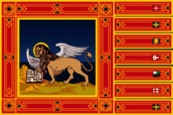
D O L O M I E S
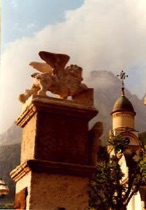
The Veneto is one of Italy's 20 regions (Tuscany, Calabria, Sicily, and Lombardy are some of the others). It consists of seven provinces: Verona, Vicenza, Padova (Padua), Rovigo, Venezia (Venice), Treviso, and Belluno. As you can see, it encompasses an incredible variety of terrain, from the maritime environment of Venice and the waterways of the Po River Delta to picturesque hills formed by both volcanic eruption (the Colli Euganei--Euganean Hills) and glacial action (the hills of Asolo and the Prosecco wine region), pre-Alps, including the Monte Grappa massif and the plateaus of Asiago Sette Comuni, Tonezza-Fiorentini, and Cansiglio, and finally, the spectacular Dolomites, a unique section of the Alps. Seventy percent of the Dolomites are in the the Veneto province of Belluno.
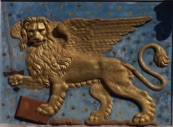
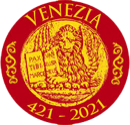
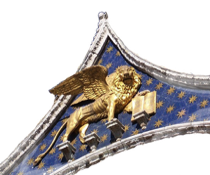
THE LAND OF VENICE
